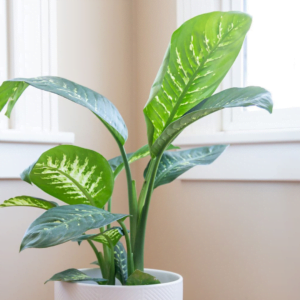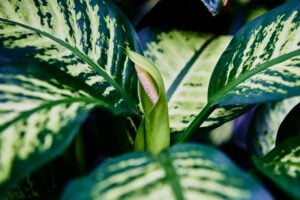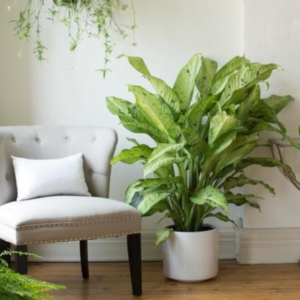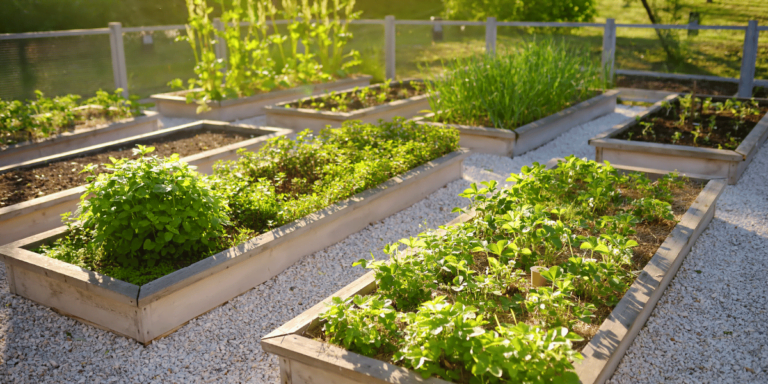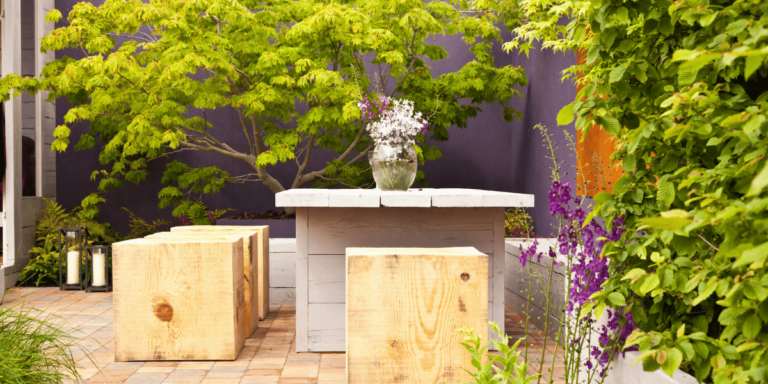Introduction
The dumb cane plant care, scientifically known as Dieffenbachia, is one of the most popular indoor plants revered for its unique beauty and ease of care. Its aesthetic appeal comes from its variegated green and white or yellow leaves, offering homeowners and plant enthusiasts an exotic touch to interior décor. This review delves into everything you need to know about caring for this exceptional houseplant, ensuring it thrives and adds vibrancy to your living space.
Dumb Cane (Dieffenbachia) Indoor Plant Details
| Specification | Details |
|---|---|
| Common Names | Dumb Cane, Leopard Lily, Tropic Snow |
| Botanical Name | Dieffenbachia |
| Family | Araceae |
| Plant Type | Perennial, usually grown as a houseplant |
| Mature Size | Up to 5-6 feet tall indoors, but can vary by species and care |
| Sun Exposure | Bright, indirect light |
| Soil Type | Well-draining potting mix, peat-based with added perlite or sand |
| Soil pH | 6.1 to 6.5 (slightly acidic) |
| Bloom Time | Infrequent; grown primarily for foliage |
| Flower Color | Typically a white or greenish spathe and spadix, but often insignificant |
| Hardiness Zones | Typically 11-12 for outdoor growth; grown indoors in most climates |
| Native Area | Central and South America |
With the right conditions, the Dieffenbachia or Dumb Cane can be a vibrant and easy-to-care-for addition to any indoor space. Its striking leaves are its primary attraction, bringing a touch of the tropics into homes around the world. Whether you’re a seasoned plant enthusiast or a beginner, understanding the specifics of this plant will ensure it thrives under your care.
Plant Care
When it comes to plant care, the Dieffenbachia is forgiving and adaptable. Like many houseplants, it demands attention in certain areas but rewards the grower with lush, vibrant foliage. Regular observation and a consistent care routine will ensure its longevity.
Light
Dieffenbachias prefer bright, indirect sunlight. A north or east-facing window is ideal. While they can tolerate some direct sunlight, prolonged exposure can scorch its leaves, leading to browning. On the other hand, insufficient light may result in slowed growth and fewer variegations. In areas with limited natural light, consider supplementing with a grow light.
Soil
A well-draining potting mix is crucial. Look for a mixture designed for aroids or create your own by adding perlite or sand to a standard potting mix. This ensures the roots are provided with ample oxygen and prevents water-logging, which can lead to root rot.
Water
This plant prefers a consistent watering routine. Water when the top inch of the soil feels dry to the touch. During its growing season, the soil should remain slightly moist but not soggy. Reduce watering frequency in the winter months. Remember, overwatering can lead to root rot, so ensure your pot has adequate drainage.
Temperature and Humidity
Dieffenbachias thrive in temperatures between 60°F and 75°F. They’re tropical plants, so they prefer higher humidity. However, they’re adaptable and can tolerate average indoor humidity. If your environment is dry, consider using a humidifier or placing the plant on a tray filled with pebbles and water.
Fertilizer
During the growing season (spring and summer), feed the plant every 4-6 weeks with a balanced liquid fertilizer. This will support its growth and enhance the color of its variegated leaves. In fall and winter, you can reduce or stop fertilizing.
Pruning
Pruning isn’t mandatory but helps in maintaining its shape and size. Use clean, sharp scissors to cut off any yellow or damaged leaves. If the plant becomes too tall or leggy, you can cut back the main stem to your desired height.
Overwintering
While Dieffenbachias are primarily grown indoors, those in warmer climates might place them outside. If so, ensure you bring them indoors before the first frost. Inside, provide them with adequate light and reduce watering.
Propagating Plant
Dieffenbachias can be propagated using stem cuttings. Cut a section of the stem, ensuring it has at least one or two nodes. Plant this in moist soil or place it in water until roots develop, then transplant to a pot.
Quickly Declining
While the Dieffenbachia is resilient, neglect can cause a rapid decline. Over or under-watering, exposure to extreme temperatures, or pest infestations can deteriorate its health. Regularly inspect your plant and adjust care routines as needed.
Types of dumb cane plant care
The genus Dieffenbachia boasts a variety of species and cultivars, each with its unique leaf patterns and sizes:
- Dieffenbachia Amoena: Often referred to as Tropic Snow, it flaunts broad, creamy-white leaves with deep green borders.
- Dieffenbachia Camille: Recognized by its white-yellow leaves enveloped with a green margin.
- Dieffenbachia Compacta: As the name suggests, this type has a more compact growth pattern, ideal for small spaces.
- Dieffenbachia Oerstedii: Features long, slender leaves with light green hues.
When choosing a Dieffenbachia type, consider the space you have and the aesthetic you’re aiming for.
Common Pests & Plant Diseases with Solution
Pests:
- Mealybugs: Small, cotton-like bugs that suck sap from the plant. Solution: Wipe them off with a cotton ball soaked in rubbing alcohol.
- Spider mites: They cause yellowing and stippling of leaves. Solution: Increase humidity and wash the plant with soapy water.
- Aphids: Green, tiny insects found on the undersides of leaves. Solution: Spray with insecticidal soap or neem oil.
Diseases:
- Root Rot: Caused by overwatering. Solution: Let the soil dry out, prune damaged roots, and repot in fresh soil.
- Leaf Spot: Brown or black spots on leaves. Solution: Ensure proper air circulation, reduce humidity, and remove affected leaves.
How to Get Dumb Cane Plant to Bloom
While Dieffenbachia is primarily grown for its foliage, it can produce flowers. To encourage blooming:
- Light: Ensure your plant is receiving adequate light.
- Fertilizer: Use a balanced fertilizer during its growing season.
- Stress: Oddly enough, a little stress (like a slight change in environment) can sometimes trigger blooming.
Remember, blooms on Dieffenbachia are sparse and not its main attraction. So, even if it doesn’t flower, it remains a worthy ornamental addition.
Common Problems With the Dumb Cane Plant
- Leggy growth: Often due to inadequate light. Solution: Move to a brighter location.
- Yellowing leaves: Can be a sign of overwatering or poor drainage. Solution: Adjust your watering schedule and ensure the pot has sufficient drainage.
- Drooping leaves: This can be due to both over or under-watering. Solution: Check the soil moisture and adjust your watering habits accordingly.
- Loss of variegation: Usually a result of insufficient light. Solution: Move your plant to a brighter spot.
Remember, every plant has its unique personality and needs. While the Dieffenbachia is relatively easy to care for, regular observation and prompt action at the sign of distress will ensure it remains healthy and vibrant.
Final Thoughts on the Dumb Cane
In the realm of indoor plants, the Dieffenbachia stands out as both a visual delight and a testament to adaptability. With just a bit of knowledge and attention to its needs, this plant will flourish, proving that beauty and resilience often go hand in hand in the natural world.
Frequently Asked Questions
Decode the magic of gardens with our guide to Landscaping Styles Frequently Asked Questions.
- Yes, they contain calcium oxalate crystals, which can irritate the mouth and digestive system if ingested. It’s best to keep them away from pets and children
- This could be a sign of underwatering, low humidity, or exposure to drafty conditions.
- While it can root in water, for long-term health, it’s best to plant it in soil eventually.
- This typically indicates that the plant is not receiving enough light. Adjust its location or supplement with artificial light.

